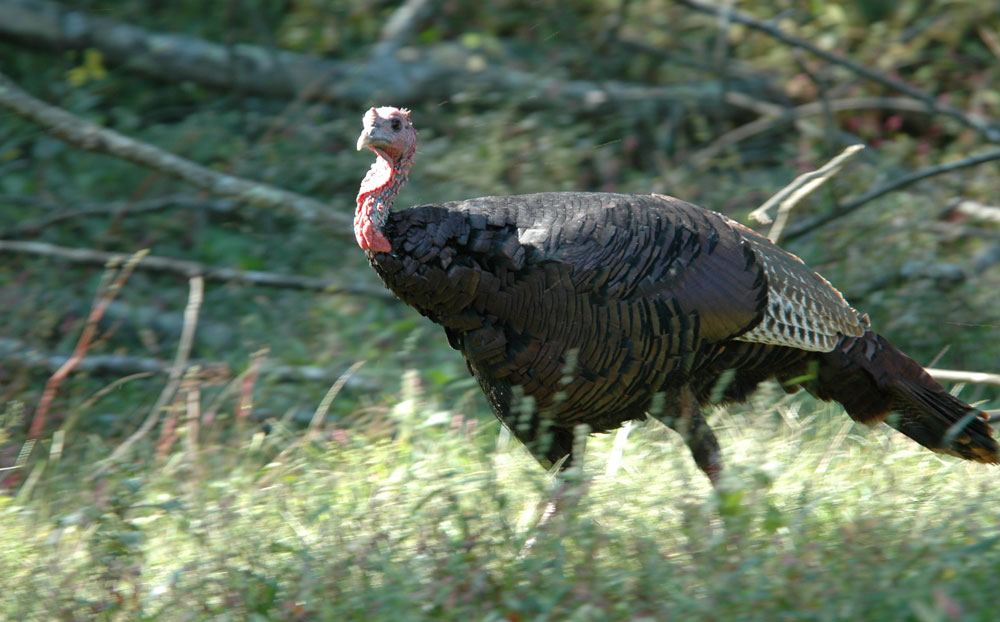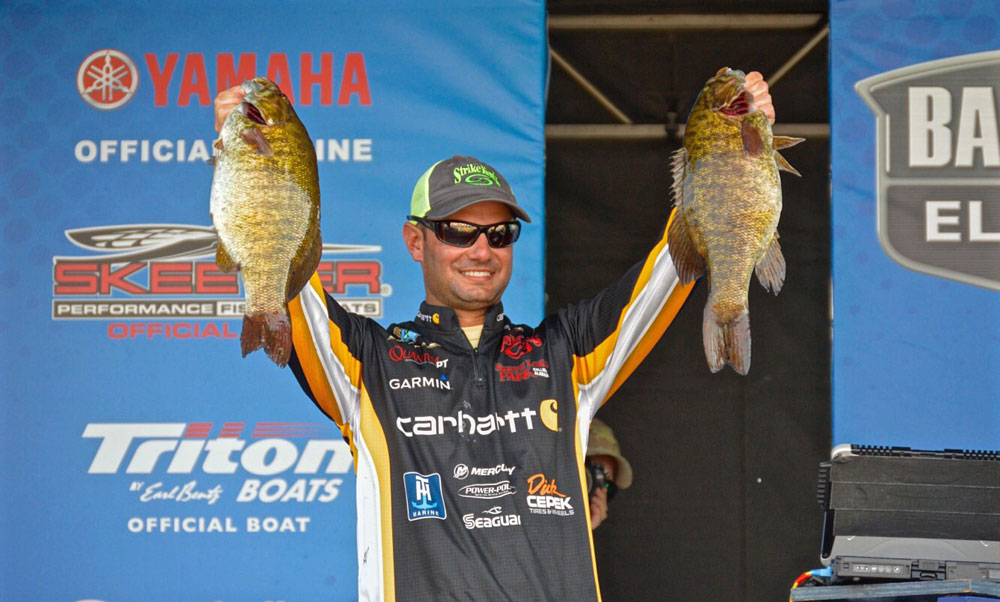Mossy Oak ProStaffer Josh Grossenbacher from Sandusky, Ohio, has hunted turkeys for 25 seasons and has been entering turkey-calling contests for 17 years. Grossenbacher was the first runner-up in the National Wild Turkey Federation’s 2018 Grand National Calling Championship Senior Division and won the Head-to Head Grand National Calling Championship in 2017.
Josh Grossenbacher | Mossy Oak ProStaff

I was hunting a gobbler in Tennessee a few years ago. I hunted him for one full day, but he stayed strutting in a field with two hens. I put a jake decoy on the edge of the field, but that old smart bird wouldn’t leave those hens for any reason.
The next morning, I set up in the same place where I’d set up before and put the jake decoy out. However, that turkey still remained with the hens out in the middle of the field. I started giving him drumming sounds, like a gobbler drums once he gets close to hens. The ole tom stretched his neck out and looked over at my decoy. That drumming I made changed the game. The big bird looked at the decoy about 75 yards away and then slow walked toward it. When he was out at 25 yards, I squeezed my trigger, and the ole tom dropped.
Another time, I had tom turkey in a field with hens that I couldn’t get to budge. So, I started gobbling on my mouth call and that changed the game. The field gobbler didn’t want another tom to come out in the field and court his sweethearts. That field gobbler came to the edge of the woods to try to meet and stop that turkey that was gobbling. But instead he got lead in his head.
I’ve learned that when you’ve got a gobbler locked down with hens, and he won’t come to hen calling or to decoys, then you may be able to get him to come to the sounds of another tom, especially if you have a jake decoy out that the older tom knows he can whip.
However, one of the problems I have hunting turkeys this season is an 8-month-old little girl at my house and trying to keep Momma happy, so I can go turkey hunting. Since I work for Avian-X Decoys, I have to hunt turkeys during turkey season, and that means I have to hunt no matter what the weather is. I can’t stay at the house when the weather’s bad. If a guy has planned his vacation so that he has several days off to hunt turkeys, and rain falls every day of turkey season, he certainly had better learn how to hunt turkeys in the rain.
On rainy days, I’ll hunt just like I do on sunny days with the exception that I know I won’t be able to hear a turkey gobble from as far away as I ordinarily will. Too, that turkey won’t hear me as easily. But I’ve found turkeys are still as vocal in a rainstorm as they are on a sunny day. One time I was out in a rainstorm that was so tough I was afraid a tornado was coming. Gobblers were out in the field about 100 yards from us, and we could see the turkeys stretch their necks out when they gobbled, although we couldn’t hear those gobbles due to the heavy rain.
Here’s how I hunt turkeys in the rain:
- Look for open places like pastures, fields, and wood roads. The turkeys will be there, because I think they feel safe in the rain when they can see longer distance to watch for predators.
- Make sure you’re wearing Mossy Oak Obsession rain gear. Then you can move around much more quietly in the rain, and the rain’s hitting the leaves will help to disguise your movements.
- Use terrain like creeks, hills and slopes, or trees and brush to hide you and to enable you to move in close to the turkeys.
- Remember, you may have to call louder than usual, at least initially, for the turkeys to hear you in the rain.



























